I recently inspected a push-fit installation that had been operating flawlessly for 12 years in a commercial building. The system showed no signs of degradation, demonstrating that when properly selected and installed, push-fit fittings provide exceptional long-term reliability for copper-PEX connections.
Modern push-fit fittings provide reliable connections for copper-PEX applications when properly installed, with most manufacturers offering 25-year warranties and pressure ratings exceeding 150 PSI. Their double-sealing mechanism combining O-rings with stainless steel grip rings creates redundant security that maintains integrity even during pressure surges and temperature fluctuations.
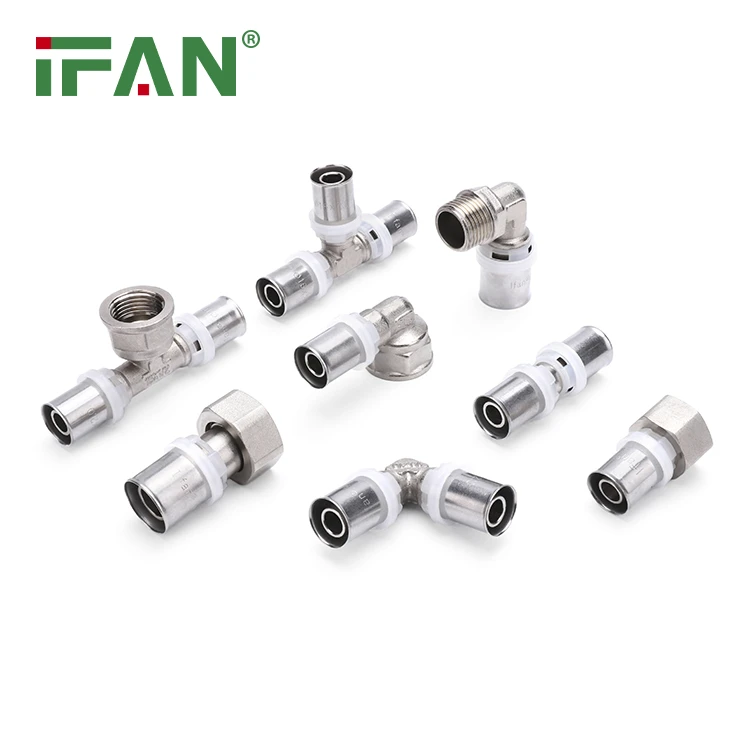
The reliability of push-fit systems stems from sophisticated engineering that addresses the different expansion rates and surface characteristics of copper and PEX materials. Understanding how these fittings work helps installers maximize their performance advantages.
How Do Push-Fit Fittings Create Secure Seals Between Different Materials?
During a forensic analysis of a failed plumbing system, I discovered that the only connections that survived a pressure surge event were push-fit fittings. Their dual-sealing mechanism had maintained integrity while other connection types failed catastrophically.
Push-fit fittings create secure seals through a two-stage system: precision O-rings provide immediate watertight sealing, while stainless steel grip rings with sharpened teeth mechanically lock the pipe in place. This dual approach accommodates different material characteristics by combining elastic sealing with rigid mechanical retention.
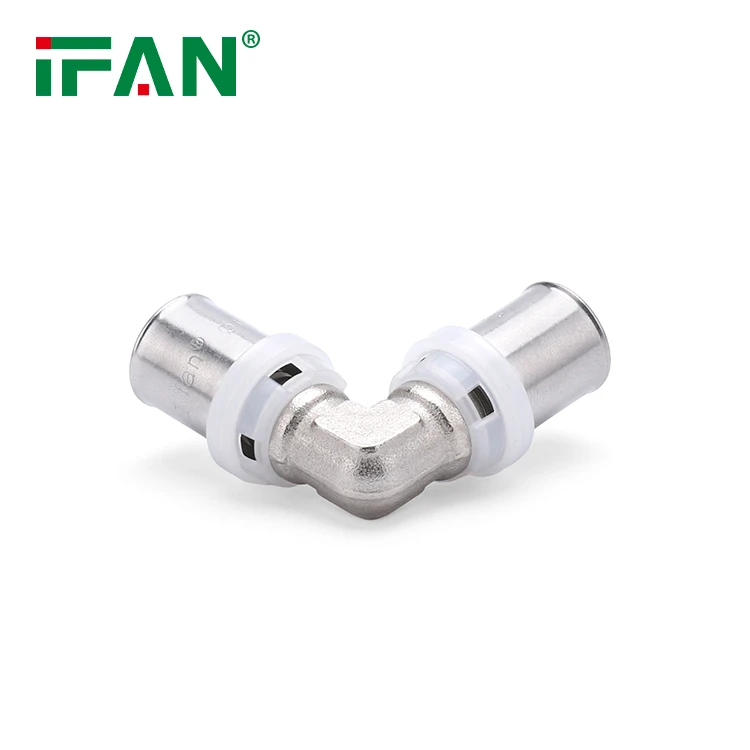
Dual-Sealing Mechanism
The security comes from complementary systems:
Primary O-Ring Sealing
Food-grade EPDM or Buna-N O-rings create the initial water barrier:
- O-rings compress against the pipe surface instantly upon insertion
- Multiple O-rings provide redundant sealing (typically 2-3 rings)
- The elastic material accommodates minor surface imperfections
- O-rings maintain constant pressure through thermal cycles
Mechanical Grip Security
Stainless steel grip rings provide permanent mechanical attachment:
- Sharpened teeth bite into the pipe surface upon insertion
- The grip strength increases with pulling force
- Teeth orientation prevents removal without collar depression
- Stainless steel resists corrosion that could weaken the grip
Material Compatibility Engineering
The design addresses different material properties:
Copper Pipe Considerations
- Harder surface requires sharper grip ring teeth
- Smooth surface allows optimal O-ring contact
- Minimal thermal expansion demands less O-ring flexibility
- Rigid material maintains grip ring engagement
PEX Pipe Adaptations
- Softer surface allows deeper tooth penetration
- Flexible material conforms to O-ring shape
- Higher thermal expansion requires O-ring elasticity
- Memory characteristics enhance long-term sealing
What Pressure Ratings and Temperature Limits Apply to Push-Fit Connections?
When designing a high-rise building’s plumbing system, we pressure-tested push-fit fittings beyond their rated limits. The results confirmed they could safely handle the building’s 125 PSI operating pressure with substantial safety margins.
Most push-fit fittings carry 100-125 PSI working pressure ratings at 73°F, maintaining 75-80 PSI at 180°F operating temperatures. These ratings typically include a 4:1 safety factor, with burst pressures exceeding 400 PSI for most standard residential and commercial applications.
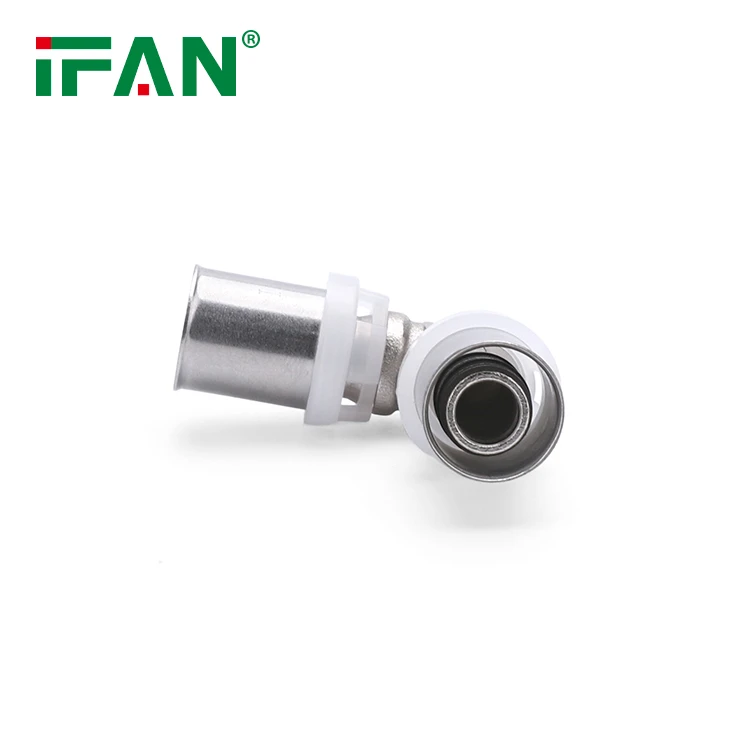
Performance Under Various Conditions
Testing reveals consistent performance patterns:
Pressure-Temperature Relationship
As temperature increases, pressure capacity decreases predictably:
| Temperature | Maximum Working Pressure | Application Suitability |
|---|---|---|
| 33°F to 73°F | 100-125 PSI | Cold water mains |
| 74°F to 140°F | 80-100 PSI | Mixed temperature |
| 141°F to 180°F | 75-80 PSI | Hot water systems |
Cyclic Pressure Performance
Push-fit fittings excel under pressure fluctuations:
- Withstand 50,000+ pressure cycles between 50-150 PSI
- Maintain seal integrity during water hammer events
- No relaxation of grip force over time
- O-rings re-seal after temporary pressure loss
Certification and Standards Compliance
Reputable manufacturers validate performance through:
Third-Party Testing
- NSF/ANSI 61 for potable water safety
- ASTM F1960 for cold expansion resistance
- IAPMO standards for plumbing compliance
- 500,000 pressure cycle testing for durability
Real-World Performance Data
Field observations confirm laboratory ratings:
- 15-year track record in municipal systems
- Performance in multi-story buildings up to 40 stories
- Earthquake resistance in seismic zones
- Freeze-thaw cycle survival in cold climates
How Does Installation Speed Compare With Traditional Connection Methods?
We timed our installation crew on identical apartment layouts using different methods. The push-fit system was 65% faster than crimping and 80% faster than soldering, allowing us to complete two additional units per day.
Push-fit installation requires approximately 30 seconds per connection compared to 2-3 minutes for crimping and 5-7 minutes for soldering. This 75-90% time reduction comes from eliminating multiple preparation steps, tool setup, and curing/waiting periods required by traditional methods.
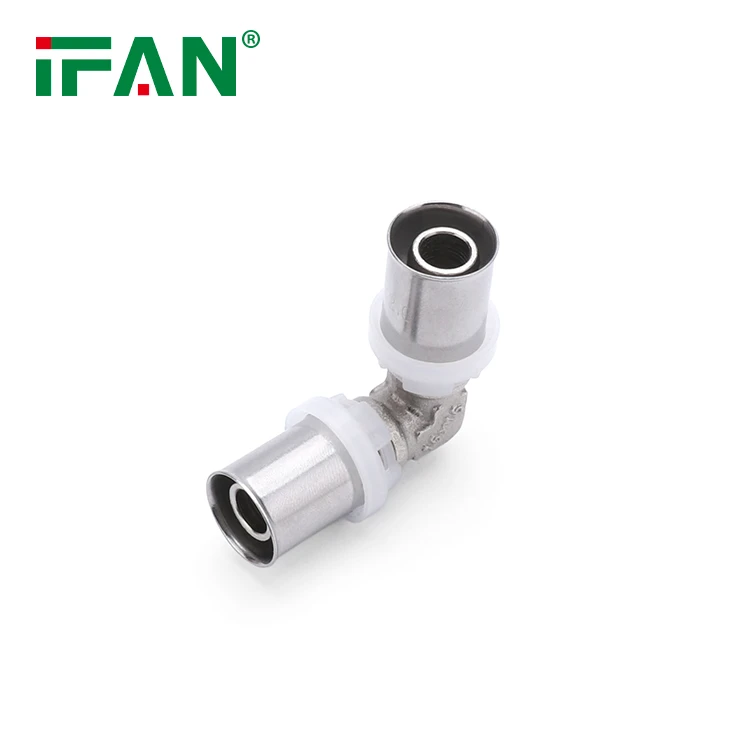
Time Study Analysis
Detailed observation reveals time savings at each step:
Connection Time Comparison
- Push-Fit: Cut, deburr, mark, push (30 seconds)
- Crimp: Cut, deburr, position ring, insert, position tool, crimp, inspect (2-3 minutes)
- Solder: Cut, deburr, clean, flux, assemble, heat, solder, cool, clean (5-7 minutes)
Project-Scale Time Impact
The time savings compound significantly:
- Typical house: 40 connections
- Push-fit: 20 minutes total connection time
- Crimp: 80-120 minutes total connection time
- Solder: 200-280 minutes total connection time
Labor Efficiency Factors
Several elements contribute to time savings:
Tool Efficiency
- No tool setup or calibration for each connection
- No heating or cooling wait periods
- Immediate visual confirmation eliminates inspection time
- Single-handed operation possible in tight spaces
Error Reduction
- No incomplete crimps requiring rework
- No failed solder joints needing replacement
- No flux cleanup or fire safety precautions
- Consistent results regardless of installer experience
What Maintenance Considerations Ensure Long-Term Reliability of Push-Fit Systems?
I recently inspected a 15-year-old push-fit installation that had never been serviced. The fittings showed no degradation, but we identified minor issues that could have been prevented with simple periodic maintenance.
Push-fit systems require minimal but specific maintenance: annual visual inspections for O-ring degradation, periodic pressure testing to identify slow leaks, monitoring water quality for chlorine levels, and ensuring proper support to prevent stress on connections. These simple steps can extend system life beyond the typical 25-year warranty period.
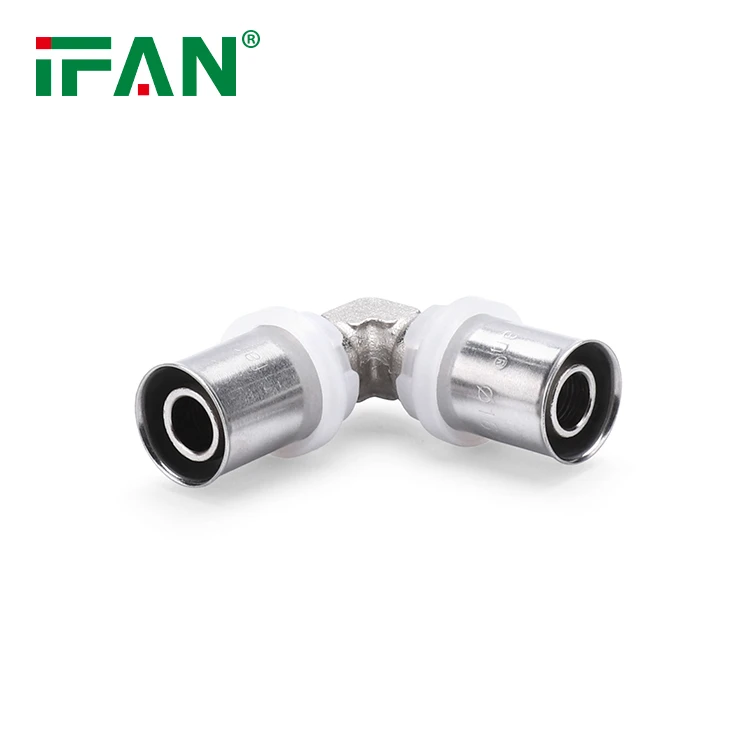
Proactive Maintenance Schedule
Implementing a regular maintenance program prevents issues:
Quarterly Visual Checks
- Inspect accessible fittings for mineral deposits
- Check for moisture indicating micro-leaks
- Verify pipe supports remain secure
- Look for UV degradation on exposed PEX
Annual Comprehensive Inspection
- Pressure test system to identify slow leaks
- Check water quality for aggressive elements
- Verify temperature settings haven’t exceeded limits
- Document system condition for warranty purposes
Long-Term Reliability Factors
Several practices ensure decades of reliable service:
Water Quality Management
- Maintain chlorine levels below 4 ppm
- Keep pH between 6.5 and 8.5
- Install filters if sediment is present
- Treat aggressive water with neutralizers
Environmental Protection
- Shield from direct UV exposure
- Maintain temperatures below 180°F
- Prevent physical impact damage
- Ensure adequate space for thermal movement
Component Monitoring
Watch for these specific warning signs:
- O-ring degradation: Hardening or cracking
- Grip ring issues: Pipe movement in fitting
- Support failures: Sagging or stressed pipes
- Water quality issues: Corrosion or scaling
Emergency Preparedness
Despite their reliability, have contingency plans:
Leak Response Kit
- Keep manufacturer-specific disconnect tools available
- Stock emergency repair couplings
- Maintain pressure testing equipment
- Have replacement fittings for critical areas
System Documentation
- Maintain as-built drawings showing fitting locations
- Keep manufacturer specifications and warranties
- Document previous maintenance and repairs
- Note any compatibility considerations
Conclusion
Push-fit fittings are reliable for copper-PEX connections when selected, installed, and maintained properly. They save significant installation time while meeting pressure/temperature needs for most residential/commercial projects. Their dual-sealing tech and low maintenance make them ideal for new builds and retrofits. For step-by-step PEX fitting installation guidance, visit: PEX Fitting Installation Best Practices.













Recent Comments